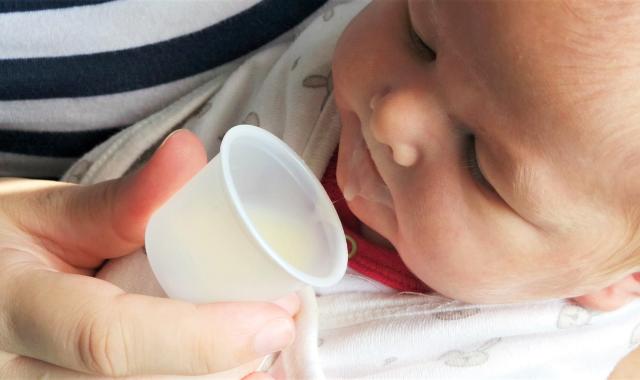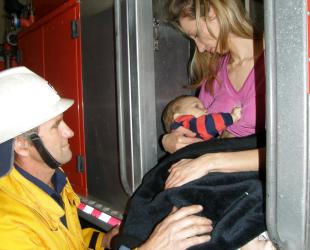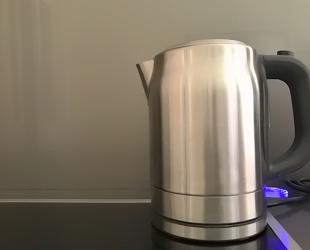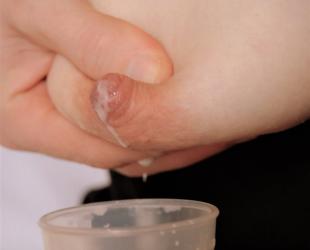When bottle feeding isn’t safe you can feed your baby by cup

Breastfeeding is the safest way to feed your baby in an emergency situation. However, some babies will be used to feeding from a bottle either with expressed breastmilk or formula.
Feeding bottles and teats can be difficult to clean in emergency situations. A cup is a safer option.
Babies of any age can be taught to drink from a cup.
What sort of cup should I use?
You can use any size cup, but a small cup may be easier for your baby. A small plastic or glass cup (such as a medicine cup) often works well for a young baby.
Open cups are safest as they can be cleaned most easily. 'Sipper' lids and straws are hard to keep clean.
Disposable paper or plastic cups are ideal in an emergency if you have no hot water for washing. Use a new one for each feed.
Tips for safe cup-feeding
- Always supervise your baby while they are drinking.
-
Cup-feed your baby only when they are fully awake and alert.
-
Don't lay your baby back because this can cause choking and spluttering, and your baby might breathe in some milk.
How to cup-feed
These tips will help you to cup-feed your baby, no matter how old they are. It’s good to have someone help you while you are learning, such as another mum, a breastfeeding counsellor or a health professional.
-
Half fill the cup with your expressed breastmilk or formula.
-
Put a bib on baby or hold a cloth under the cup to catch any spills.
-
If your baby is young, wrap them to gently restrain their hands. Hold an older baby so they can't reach for the cup.
-
Sit baby upright in your lap and hold them firmly with your spare arm and hand.
-
Hold the cup so it rests lightly on baby's lower lip and just reaches the corners of their mouth.
-
Tip the cup slightly so the milk reaches the edge. Start with a tiny sip to encourage feeding.
-
Do not pour the milk into baby's mouth; tip it just enough so they can sip or lap the milk.
-
Keep the cup in position if baby pauses. Let them set the pace. They will start again when they are ready.
-
Follow baby’s cues. They should be in control of how much milk they take at a time. When they’ve had enough they will close their mouth or pull away. An older baby may push the cup away.
Cup-feeding may seem slow and messy at first, but it quickly becomes easier.
© Australian Breastfeeding Association December 2023


